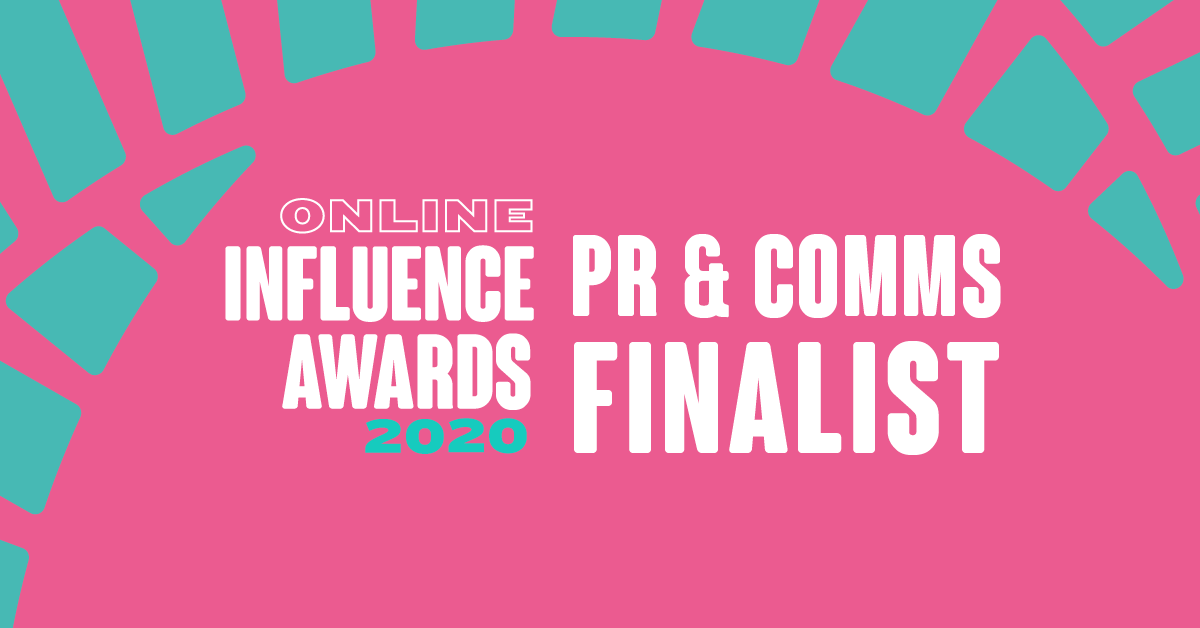It was the photograph that was supposed to stop the conspiracy theories and provide reassurance about the health of the Princess of Wales. But it quickly became a lesson in how ‘warts and all’ is the best approach.
If you have missed the headlines. Kensington Palace released a photograph of the Princess and her children said to have been taken by her husband. It shows three smiling children surrounding their mother who is sat in a chair. Shortly after release three big media agencies put a ‘kill’ notice on it that warns agencies it may have r been manipulated.
Tackling disinformation may seem to be something of concern only to government agencies. There has been a lot of talk about it in the run up to the elections both in the UK and US. Disinformation affects us all and anyone working in communication needs to understand what it is and what they need to do in relation to it.
The first thing is always to avoid being the source of any part of fake news. Whether it is misinformation or disinformation communicators have to ensure they are not part of the problem. There is a growing body of academic research and information about what needs to be done to try and respond to these issues.
If you don’t think they are important subjects look at the World Economic Forum report on the top risks which has them at the top. Artificial intelligence has added to the concerns as a recent scary statistic had a more than 100% increase in AI generated fake news on X (formerly Twitter). This is everyone’s problem.
We all need to become more aware of what may be information that has been manipulated. So the media agencies may have been helping to shine a light on the problem. What should we do?
Be clear if you have adapted a photograph in any way or if you have used artificial intelligence. Openness and honesty remain two important elements of the foundation to successful communication and effective crisis communication. If the Palace had published a photograph where all the children weren’t smiling or where the background wasn’t perfect it would have sparked discussion but it would not have damaged trust.
Once you are seen to be guilty of manipulation, hiding information or trying to airbrush situations there is a long road back to regain trust. Everything you issue will be questioned and will have an air of suspicion around it.
This situation could have been avoided. But if nothing else look at what has happened and recognise the need to protect against disinformation and the damage it can do to your reputation.


